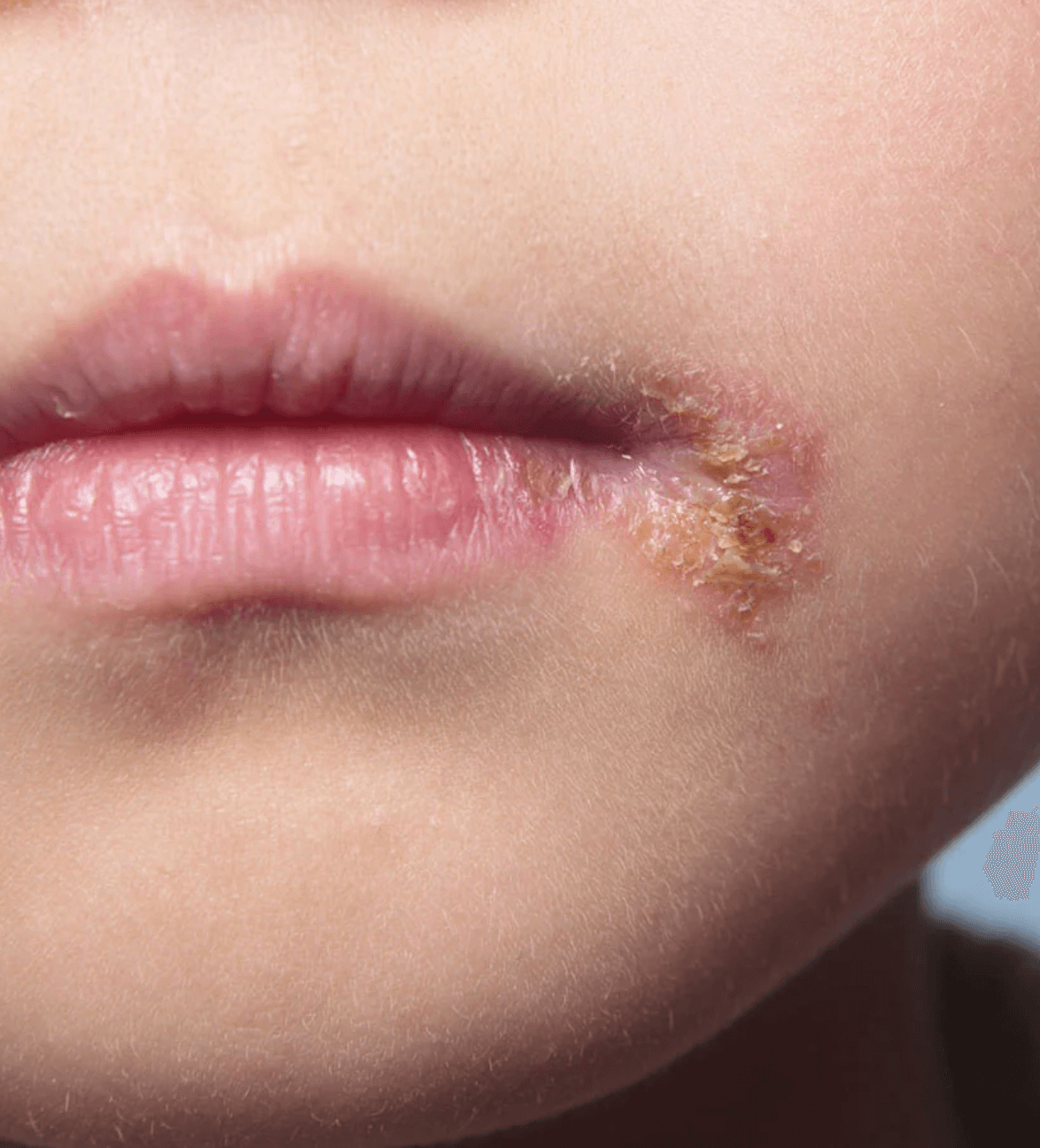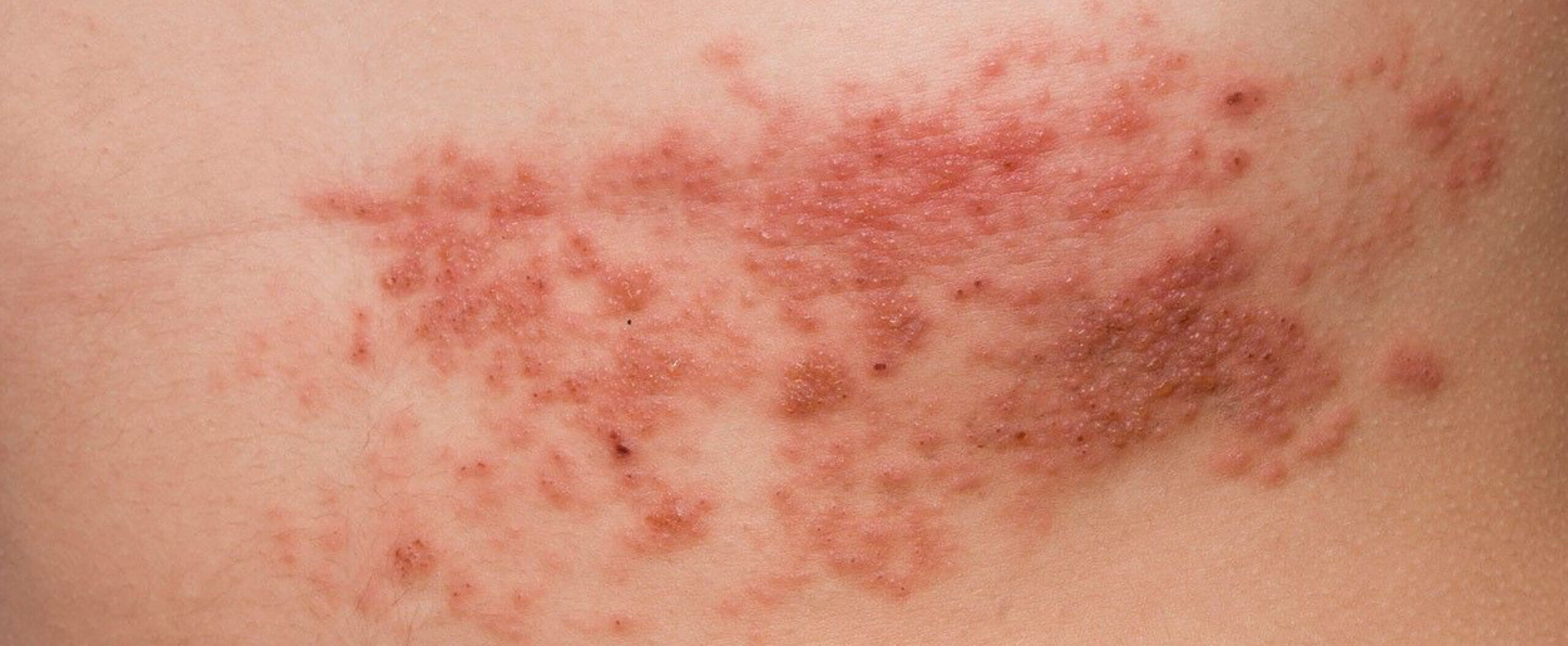Impetigo
Impetigo is a common skin infection caused by streptococcus or staphylococcus bacteria.
Methicillin-resistant staph aureus (MRSA) is also an increasing cause. Skin typically has many types of bacteria on it. When there is a break in the skin, bacteria can enter the body and grow there. This causes inflammation and infection. Breaks in the skin may occur from injury or trauma to the skin or from insect, animal or human bites.
Impetigo may also occur on the skin, where there is no visible break. It’s most common in children who live in unhealthy conditions. In adults, it may occur following another skin problem. It may also develop after a cold or other virus. Impetigo can spread to others. You can catch the infection from someone who has it if the fluid that oozes from their skin blisters touches an open area on your skin.
Symptoms of impetigo are:
– One or many blisters that are filled with pus and easy to pop. In infants, the skin is reddish or raw-looking where a blister has broken.
– Blisters that itch are filled with yellow or honey-coloured fluid and ooze and crust over. Rash that may begin as a single spot but spreads to other areas due to scratching.
– Skin sores on the face, lips, arms, or legs that spread to other areas.
– Swollen lymph nodes near the infection.
– Patches of impetigo on the body (in children).
If you suspect that you have impetigo, don’t delay in seeking treatment. Contact Devonshire Dermatology to book an appointment.


Consultation
- Detailed history of your skin concern
- Total skin examination
- Holistic assessment of your health
- Diagnosis
- Discussion of treatment options
- Personalised treatment plan
- Treatment
FAQs
No. Though hand, foot, and mouth disease is also found in young children and is also contagious, it’s a virus, whereas impetigo is a bacterial infection.
Normally, the easiest way to tell the difference between impetigo and hand, foot, and mouth disease is to note where the rash and sores appear. Hand, foot, and mouth disease, by definition, appears frequently on the palm, soles, and inside the mouth, while impetigo does not show up in the mouth
See answer

Often, your dermatologist will identify impetigo simply by looking at the skin.
Normally, if the provider feels confident the person is displaying signs of impetigo, a lab test won’t be needed. A dermatologist may take a sample from the skin to do a bacterial culture if the infection doesn’t go away after treatment. They will test the sample in the lab to determine the type of bacteria causing the issue.
See answer

Impetigo is most common among children or teenagers who engage in high-contact sports like wrestling, but adults can get impetigo as well.
Because adults don’t engage in as much skin-to-skin contact as children do, oftentimes a child will pass impetigo to a parent. It is contagious, typically through contact, so sometimes in more extensive cases of impetigo we’ll start to see other family members who are affected.
See answer

Impetigo is caused by bacteria, either streptococcus (the cause of strep throat) or staphylococcus (which causes staph infections). These bacteria are all around us every day but can become an issue if the bacteria enter the skin, which they do can if there’s a cut, scrape, bug bite, rash, or a skin condition like eczema.
Impetigo is more common in the summer and in warm, humid climates, but it can occur anywhere,
See answer

Treating impetigo with antibiotics speeds up the healing process, with improvement often in just a few days, and it keeps the infection from spreading. Impetigo may go away on its own within two to four weeks, but not treating it means it’s likely to spread to other people or other parts of the body.
Unfortunately, there isn’t an over-the-counter treatment option available, so antibiotics are needed to zap the bacteria. For a mild case, doctors will likely prescribe a topical antibiotic that is applied directly to the skin. For more widespread cases, oral antibiotics may be necessary.
See answer

Within three days of infection, a person will develop small red spots with nonbullous impetigo. These usually occur around a child’s nose, mouth, or limbs. The spots can turn into blisters, and when they burst, honey-coloured crust takes their place.
Bullous impetigo, the less common type, is marked by fluid-filled blisters on the arms, legs, or area between the neck and the waist. When these burst, yellow crust appears.
Nonbullous impetigo sores are not painful, but bullous blisters can be.
See answer



